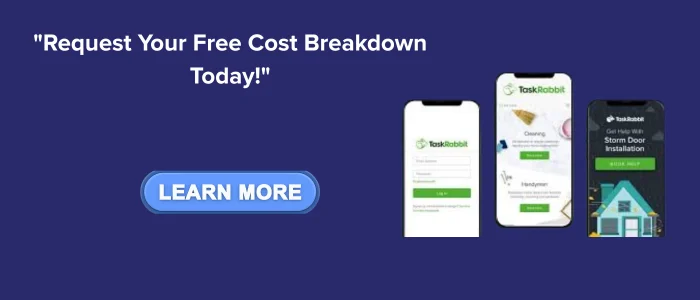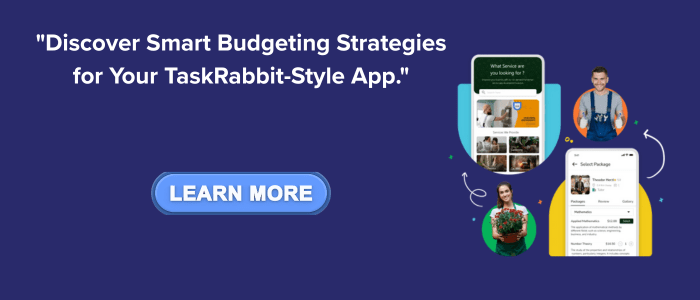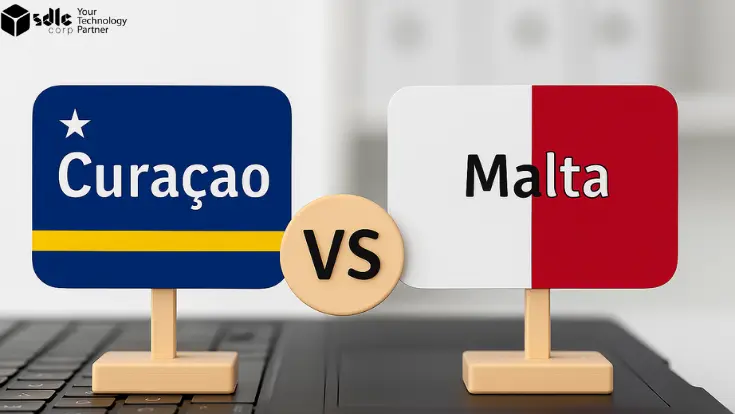Building an app like TaskRabbit where users can quickly hire help for tasks like repairs, furniture assembly, or dog walking requires more than just a good idea; it demands thoughtful planning, robust technical infrastructure, and significant financial investment. While the user experience may seem effortless, the actual development involves costs tied to backend systems, user interfaces, real-time communication, payment integration, and admin tools. Expenses can vary widely based on features, platform (iOS, Android, web), team location, and whether you’re launching an MVP or a fully-featured platform. This guide offers a realistic, data-driven look at what it really takes financially and technically to bring an on-demand service app to life.
Understanding the TaskRabbit Experience
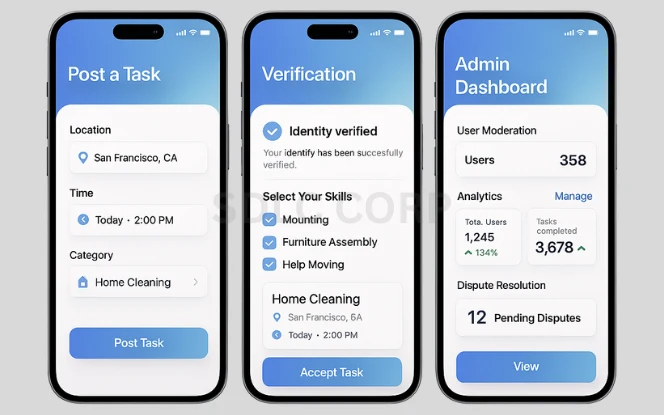
TaskRabbit is more than just a digital version of classified ads. It offers a finely-tuned ecosystem that builds trust between users and service providers. The platform’s value is derived from its ability to seamlessly coordinate three core user journeys:
- Requester Flow – Post a task, accept bids, track task progress, make payments, and leave reviews.
- Tasker Flow – Register, verify identity, choose skills, accept jobs, and manage earnings.
- Admin Flow – Handle moderation, pricing rules, user disputes, analytics, and fraud prevention.
Replicating this level of operational excellence demands more than aesthetic design it requires real-time features, third-party integrations, advanced security, and compliance with evolving regulations. All of these elements contribute significantly to the overall cost to develop app like TaskRabbit.
Key Features and Their Development Costs
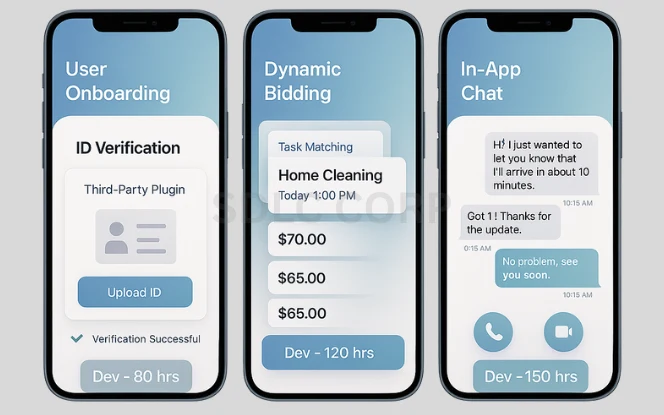
Below is an overview of the must-have features and the average effort required to build each, measured in developer hours:
| Feature | Importance | Estimated Hours | Notes |
|---|---|---|---|
| User Onboarding | Tasker and Requester setup, KYC checks | 80 – 120 | ID verification via third-party services incurs extra cost |
| Matching & Bidding System | Core of user engagement | 150 – 220 | Algorithms increase in complexity with platform growth |
| Messaging & VoIP | Facilitates communication | 60 – 90 | May incur usage charges from services like Twilio |
| GPS & Route Optimization | Enables tracking and ETA updates | 100 – 160 | Licensing required for Google Maps or Mapbox |
| Payment Integration | Secure transactions | 120 – 200 | Platforms like Stripe Connect or Adyen recommended |
| Ratings & Reviews | Builds trust | 60 – 100 | Should be fraud-resistant and transparent |
| Notifications | Keeps users updated | 40 – 70 | Includes push, SMS, and email alerts |
| Admin Dashboard | Enables platform management | 120 – 180 | Often built with frameworks like React |
| Analytics Tools | Performance tracking | 80 – 120 | May include integration with Snowflake or Redshift |
Combining these elements, a basic TaskRabbit-like app will require roughly 800 to 1,200 development hours, excluding testing services and project management.
Factors That Amplify the Budget
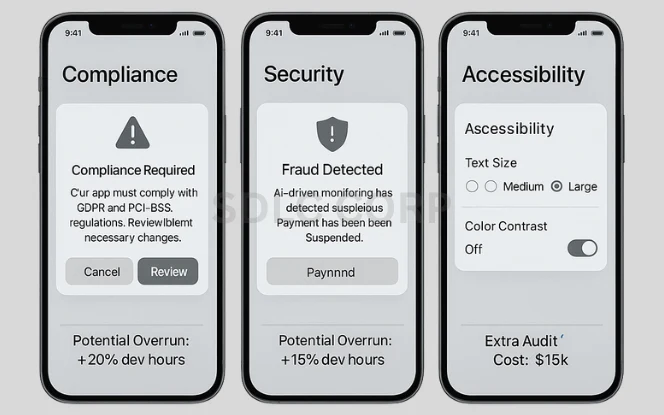
Even a detailed estimate can be upended by real-world complications. Consider these budget-inflating factors:
- Product-Market Fit Pivots – Business strategies often evolve mid-project. Plan for at least a 10–15% buffer.
- Legal and Regulatory Compliance – GDPR, PCI-DSS, and other standards could add $25,000–$100,000.
- Security & Fraud Detection – Essential for platforms handling payments and personal data.
- Accessibility Requirements – Adhering to WCAG 2.2 AA guidelines may increase development time by 5–8%.
These aren’t optional—they are necessary costs that significantly affect the on-demand service app development cost.
How Geography Affects Costs
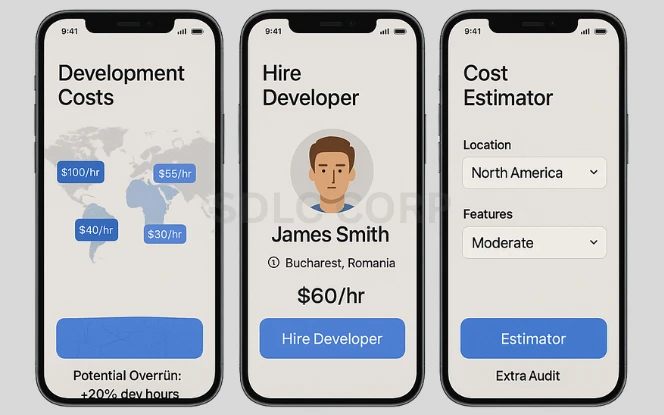
Development costs vary greatly depending on where your team is based. Here’s a comparison:
| Region | Hourly Rate (USD) | Pros | Cons |
|---|---|---|---|
| North America | $90 – $160 | Proximity, expertise | Higher cost |
| Western Europe | $70 – $130 | Regulatory experience | VAT and long holiday periods |
| Eastern Europe | $40 – $75 | Skilled workforce | Time zone differences |
| South Asia | $25 – $55 | Cost-effective | Communication barriers |
| Latin America | $30 – $65 | Time zone advantage | Less access to senior talent |
For example, developing a 1,000-hour application in Canada might cost around $120,000, whereas the same project in India might run closer to $35,000. This disparity significantly impacts your TaskRabbit like app cost estimate.
Architecture and Tech Stack: Influencing the Cost
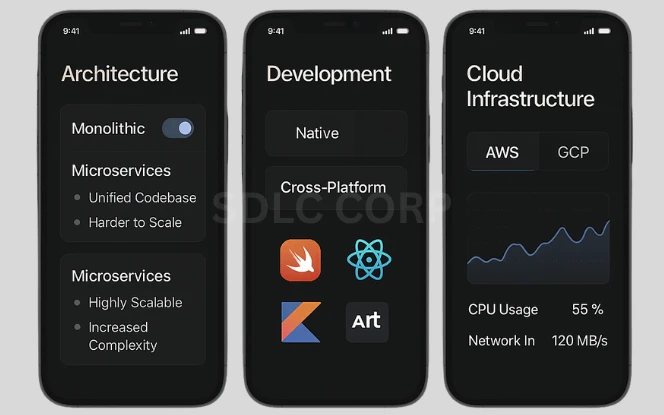
- Monolithic vs. Microservices Architecture
Monolithic apps are faster to build and cheaper initially. Microservices, while more scalable, increase upfront complexity and cost. - Native vs. Cross-Platform Development
Native (Swift for iOS, Kotlin for Android) offers better performance. Cross-platform tools like React Native reduce development time by 25–30% but may not handle complex features well. - Cloud Infrastructure
AWS, GCP, and Azure provide scalable infrastructure with generous startup credits. However, cloud-native architecture can introduce hidden costs if not carefully managed.
All these choices impact your final TaskRabbit clone app development cost.
Budget Breakdown: Real-World Example
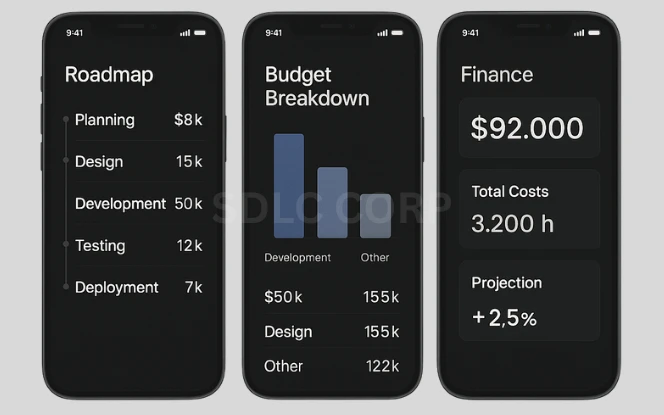
Here’s a mid-sized project plan using a blend of US-based project management and offshore engineering teams:
| Phase | Duration | Estimated Cost |
|---|---|---|
| Product Discovery & Planning | 3 weeks | $12,000 |
| UI/UX Design | 4 weeks | $18,000 |
| iOS Development | 10 weeks | $70,000 |
| Android Development | 10 weeks | $62,000 |
| Backend Development | 12 weeks | $85,000 |
| QA & Testing | 6 weeks | $22,000 |
| Admin Panel | 4 weeks | $15,000 |
| API & Third-party Integration | 3 weeks | $10,000 |
| Security Audit | 2 weeks | $8,000 |
| Project Management & Buffer | — | $45,000 |
| Total | — | $347,000 |
This reflects a realistic TaskRabbit clone app development cost for a scalable, production-ready platform.
Cost Scenarios Based on Business Stage
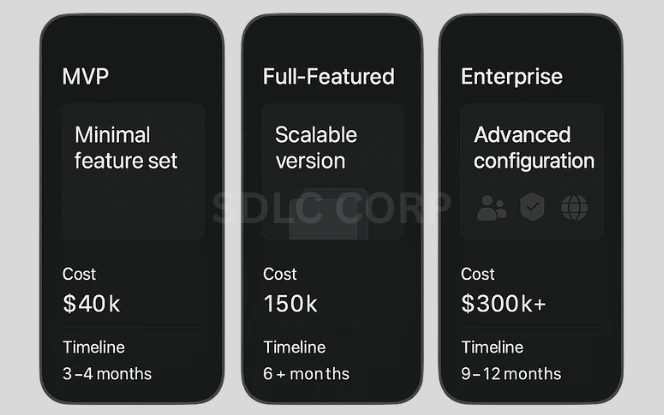
| Plan | Timeline | Budget | Best For |
|---|---|---|---|
| Minimum Viable Product (MVP) | 4–5 months | $80,000 – $150,000 | Testing core functionalities in a single market. |
| Full-Fledged App | 7–9 months | $250,000 – $450,000 | Scaling operations to multiple cities or countries. |
| Enterprise-Level Solution | 12+ months | $700,000 – $1.2 million | Large-scale, feature-rich platforms with international ambitions. |
These ranges provide a detailed TaskRabbit like app cost estimate tailored to your startup’s maturity and market strategy.
Operational and Post-Launch Costs
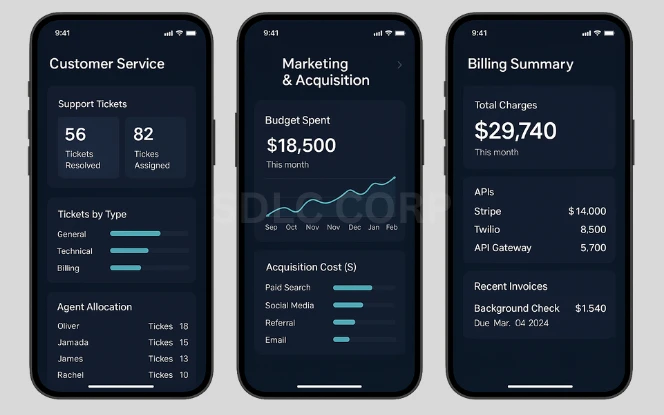
Launching your app is only the beginning. Consider the following recurring costs:
- Customer Support – $35,000 to $60,000 per agent annually.
- User Acquisition – Early marketing budgets may exceed $100,000/month.
- Platform Fees – Stripe, Twilio, and others take a percentage or charge per transaction.
- Background Checks – $15–$25 per user depending on depth.
- Maintenance – Allocate 15–20% of your initial development budget annually.
These contribute significantly to the on-demand service app development cost over time.
Budget-Saving Tips Without Cutting Corners
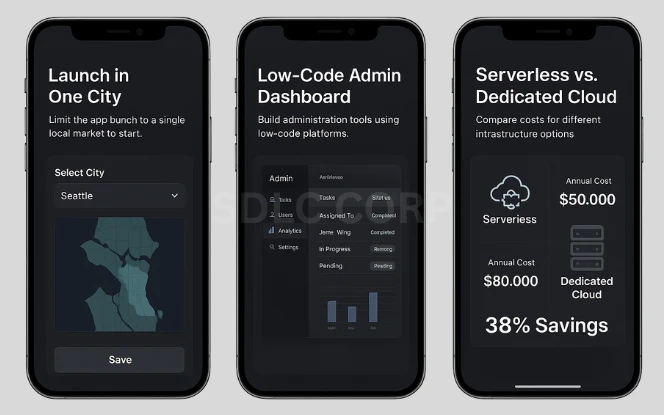
- Start Local – Target a small region first to test demand.
- Delay Complex Features – VoIP, real-time tracking, and AI recommendations can come later.
- Use Low-Code Tools for Admin – Platforms like Retool can reduce time and costs.
- Explore Serverless Infrastructure – Great for reducing hosting costs in the early phase.
- Negotiate Rates – Get discounts for bulk SMS, payments, or third-party services.
These strategies can optimize your TaskRabbit like app cost estimate without compromising user experience.
Monetization Ideas
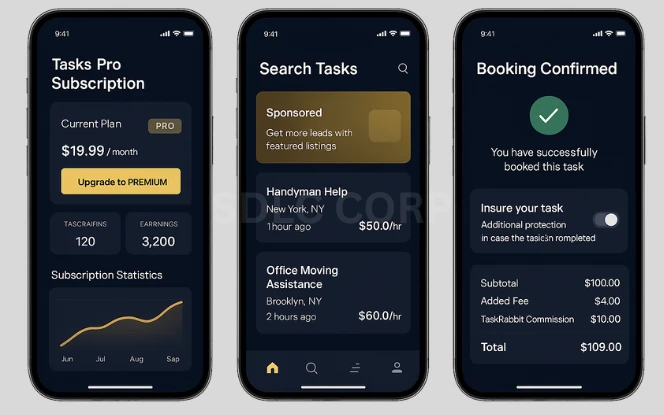
Beyond transaction fees, consider these additional revenue streams:
- Subscription Plans – Offer premium listings or fast-track features for Taskers.
- Advertising – Allow local service providers to boost visibility.
- Lead Packages – Sell verified leads to high-performing Taskers.
- Insurance Services – Partner with providers for upsells during booking.
- Data Insights – Offer anonymized analytics to third parties.
These options can supplement and offset your cost to develop app like TaskRabbit over time.
Conclusion
Building a TaskRabbit-style app is a rewarding yet complex endeavor. Whether you’re bootstrapping an MVP or engineering a platform for millions, the cost to develop an app like TaskRabbit hinges on several variables—from team location and tech stack to market readiness and regulatory compliance. A ballpark figure for a lean MVP may start around $80,000, while a comprehensive, scalable version could exceed $1 million. with thoughtful planning, a modular roadmap, and strong execution, your TaskRabbit-inspired platform can be more than just an idea—it can become a market disruptor. For scaling teams, you can hire dedicated developers to accelerate development velocity, optimize costs, and retain full control over project delivery. Carefully assess your business goals and growth stage, and choose a development approach that aligns with your long-term vision and available resources. After all, in the on-demand app economy, success isn’t just about who builds it first, but about who builds it best. If you’re ready to bring your vision to life, reach out to our team at SDLC Corp for a free consultation and expert guidance tailored to your goals.
FAQ's
1. How Much Does It Cost to Develop an App Like TaskRabbit?
The cost to develop app like TaskRabbit typically ranges from $80,000 to over $1 million, depending on the app’s complexity, features, tech stack, and team location. A basic MVP for a single city might cost around $80,000–$150,000, while a fully-featured, scalable version for multiple regions could exceed $500,000.
2. What is Included in the Taskrabbit Clone App Development Cost?
The TaskRabbit clone app development cost includes:
- User onboarding (Tasker and Requester)
- Task matching & bidding engine
- Real-time messaging and GPS tracking
- Secure payment integration
- Admin dashboard
- Ratings and reviews
- Notifications and analytics
It may also include legal compliance, third-party integrations, and maintenance.
3. Is It Cheaper to Build a Cross-platform TaskRabbit Clone?
Yes, using cross-platform frameworks like React Native or Flutter can reduce development time and cost by 25–30% compared to native development. However, for apps requiring intensive real-time features or integrations (like GPS or VoIP), native development (Swift for iOS and Kotlin for Android) may offer better performance.
4. Can I Launch a TaskRabbit-like App With Just an MVP?
Absolutely. An MVP (Minimum Viable Product) is ideal for testing the market. A basic version might include task posting, user profiles, a bidding system, and payment features. An MVP typically costs between $80,000 and $150,000 depending on features and region of development.
5. How Does Location Impact the TaskRabbit Like App Cost Estimate?
The development team’s location greatly affects costs. For example:
- North America: $90–$160/hour
- Eastern Europe: $40–$75/hour
- South Asia: $25–$55/hour
A 1,000-hour app could cost $120,000 in the US, but around $35,000 in India. Your TaskRabbit like app cost estimate should factor in these regional variations.
6. What Are the Ongoing Operational Costs Post-launch?
After launch, you’ll incur recurring costs such as:
- Customer support ($35k–$60k per agent annually)
- Marketing/user acquisition (can exceed $100k/month)
- Platform fees (Stripe, Twilio, etc.)
- Background checks
- Regular maintenance (15–20% of initial cost annually)
These operational costs are a key part of the on-demand service app development cost.
7. Can I Reduce Costs Using Pre-built TaskRabbit Clone Scripts?
Yes, using a white-label or pre-built TaskRabbit clone script can lower upfront costs to $30,000–$80,000. However, these may lack scalability, unique branding, or customization flexibility. You might save in the short term but incur more costs later for updates or redesigns.
8. How Long Does It Take to Build a TaskRabbit-like App?
The development timeline depends on features:
- MVP: 4–5 months
- Full-featured app: 7–9 months
- Enterprise-grade solution: 12+ months
Time may increase with regulatory requirements, custom features, and integrations.
9. What Monetization Models Can a TaskRabbit-style App Follow?
Besides transaction fees, monetization can include:
- Premium subscriptions for Taskers
- Sponsored listings
- Paid lead generation
- Micro-insurance commissions
- Data analytics subscriptions
- These options help offset the cost to develop app like TaskRabbit over time.
10. What Hidden Costs Should I Plan for?
Hidden or unexpected costs may include:
- Compliance with GDPR or CCPA
- Insurance or liability coverage
- Identity verification tools
- Fraud detection algorithms
- Third-party API usage fees
- Always factor in an additional 10–20% buffer in your budget.


